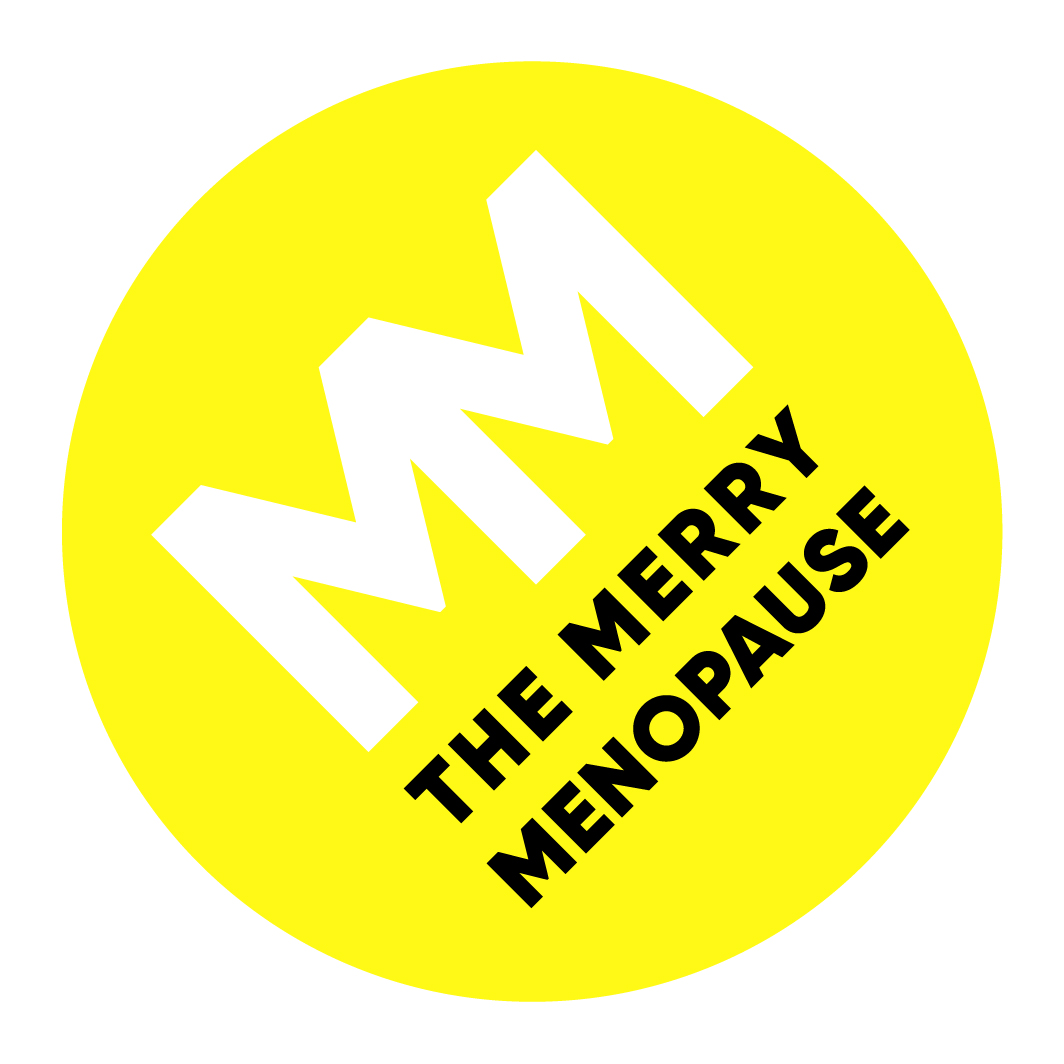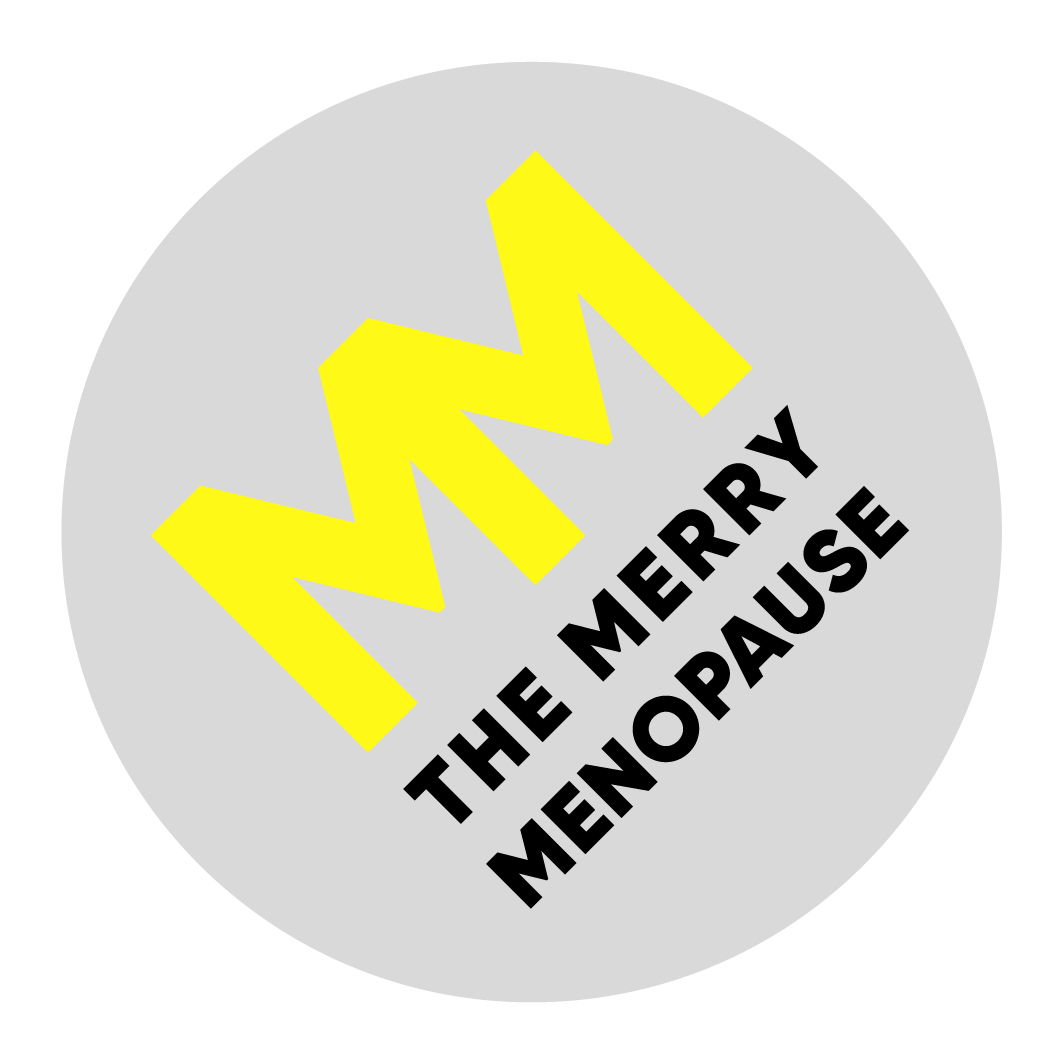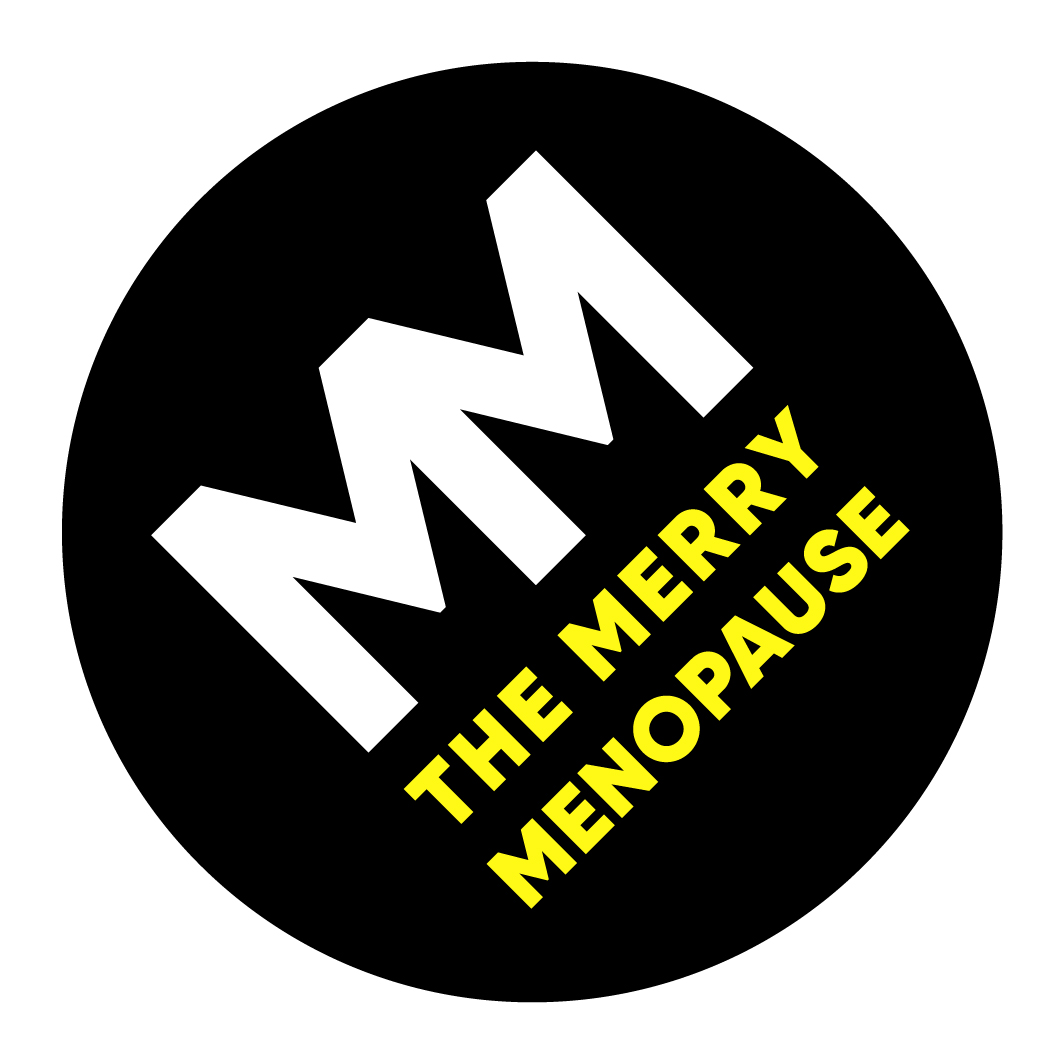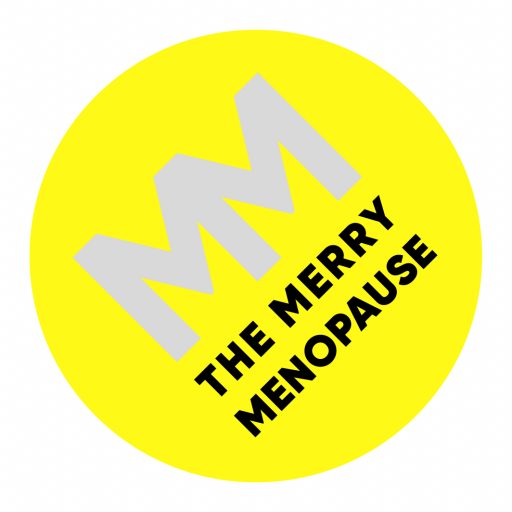
09 Jun Pelvic Floor
Our pelvic floor is a huge muscle mass that stretches like a hammock from our tailbone at the back, to our pubic bone at the front. It holds and supports our uterus, bladder and bowel, as well as playing a big part in controlling our bladder and our bowel movements and aiding and improving sexual function and pleasure.
As we move into our menopause transition and our oestrogen levels drop, the muscles in our body start to thin and that includes this major muscle, the pelvic floor. It is vital to keep our pelvic floor muscles strong as when they start to weaken they impact our faecal and urinary continence and our sex life.
Movement is key to improving and maintaining a strong pelvic floor and if you want to participate in strong physical exercise you must have a robust foundation, a secure pelvic floor to support your upper body and organs during your exercise regime.
Heart disease kills 1 in 3 women in the UK, weight-bearing and cardiovascular exercise are crucial to heart health, bone health and muscle health. But many women are put off vital physical exercise because of incontinence issues. You should not be incontinent, in your 30’s, 40’s, 50’s, it is not normal and it can be solved. It is never too early or too late to start working on your pelvic floor, exercising and improving your quality of life.
We are living longer, average life expectancy for a woman in the UK is 83 and the average age of the menopause (the last day of your last period) is 51. That’s 30 years of life post-menopause and there is so much we can do to make those 30 years active and fulfilling.
Yes, our bodies age, but we do have the power to take control and prepare ourselves for our life post-menopause. Continence is freedom as is muscle strength and cardiovascular health. It’s never too early or too late to strengthen and improve every muscle in your body.
Want to know more? Click here to watch my Instagram Live with Rebecca Haroutunian from Core Connection UK.



